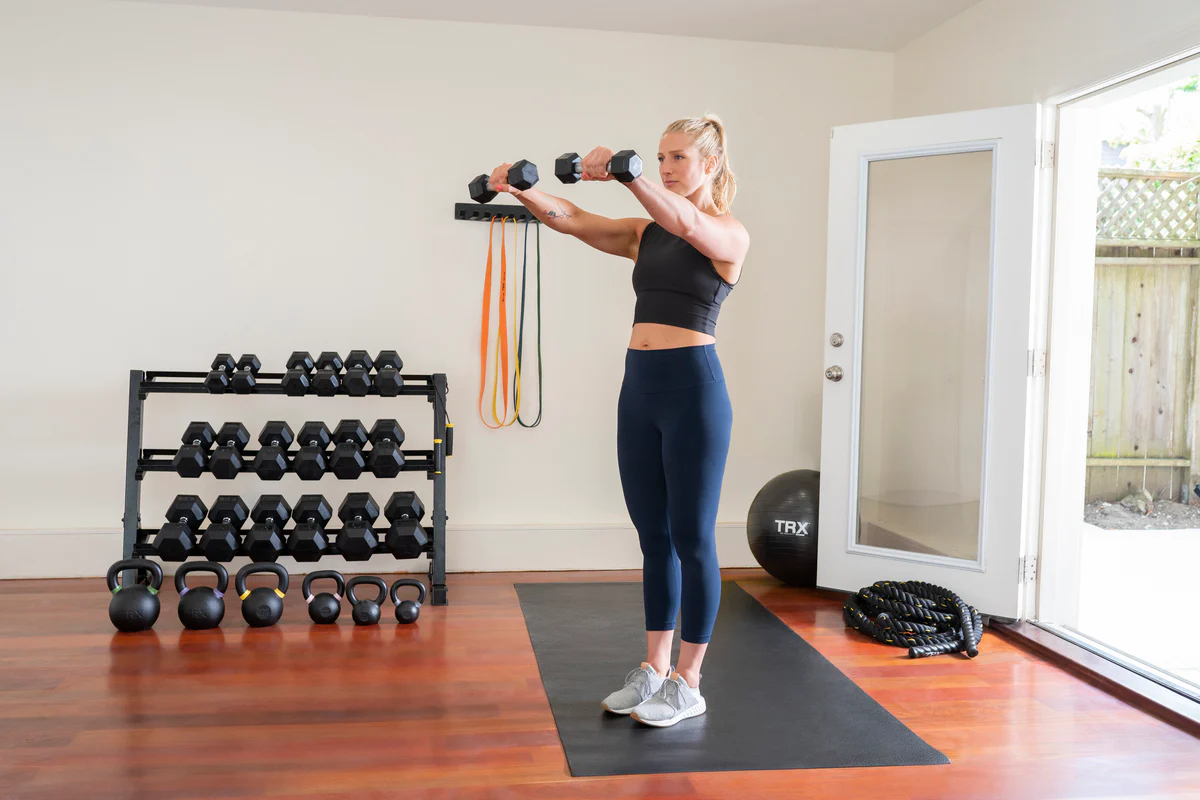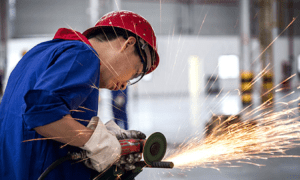Developing impressive trapezius muscles, or “traps,” contributes not only to a commanding upper-body aesthetic but also reinforces posture, shoulder stability, and overall strength. Incorporating the Best Trap Exercises into your routine ensures balanced development across all three trap regions—upper, middle, and lower—preventing muscular imbalances and reducing injury risk. Whether you’re an athlete aiming to boost power in compound lifts or a fitness enthusiast seeking the coveted “mountain” back appearance, these movements will take your shoulders to the next level.
Understanding Your Trap Muscles
The trapezius is a broad, triangular muscle extending from the base of your skull and cervical spine, spanning across the shoulders, and attaching to the thoracic spine. It is functionally divided into three distinct regions:
- Upper Traps: These fibers elevate the scapula, enabling movements like shoulder shrugs and supporting heavy pressing motions.
- Middle Traps: Responsible for retracting the scapulae, the mid traps play a critical role in rowing movements and postural alignment.
- Lower Traps: These fibers depress and stabilize the scapulae, aiding in overhead activities and safeguarding shoulder health.
By targeting each segment with precision, you ensure complete trap development. Introducing exercises that emphasize specific regions prevents common pitfalls such as rounded shoulders and promotes a balanced, strong upper back.
Why Strong Traps Matter
Integrating focused trap work into your regimen yields multiple benefits:
- Enhanced Posture: Well-conditioned traps counteract forward-shoulder tendencies and support proper spinal alignment during daily activities.
- Improved Shoulder Stability: Robust traps anchor the scapulae, delivering a stable platform for pressing, pulling, and rotational movements.
- Greater Strength Transfer: Conditioning the traps amplifies performance in compound lifts, including deadlifts, cleans, and overhead presses.
- Aesthetic Appeal: Prominent traps contribute to a broader shoulder appearance and a defined upper-back silhouette.
- Injury Prevention: Strong traps assist in maintaining scapular control, reducing the likelihood of impingement, strains, and postural dysfunction.
Targeting all three regions strategically allows you to reap these functional and visual advantages without overtraining or neglecting key stabilization roles.
10 Best Trap Exercises
Below are the top ten exercises curated to maximize trap development. Rotate through these movements across training cycles to continually challenge your muscles and drive growth.
1. Dumbbell Shrugs
Focus: Upper traps
Execution: Stand upright holding dumbbells at your sides. With shoulders relaxed, shrug upward toward your ears, pausing at full contraction. Slowly lower back to the starting position, keeping arms straight.
Benefits: Isolates the upper traps for hypertrophy and strength, improving shoulder elevation capacity.
2. Barbell Deadlifts
Focus: Entire trapezius complex
Execution: Position feet hip-width under the bar. Hinge at the hips with a neutral spine, grip the bar outside shins, and lift by extending through hips and knees. At lockout, retract shoulder blades before lowering with control.
Benefits: A compound lift that engages traps as stabilizers, boosting overall posterior-chain strength and trap thickness.
3. Dumbbell Lateral Raises with Shrug
Focus: Upper and middle traps, deltoids
Execution: Hold dumbbells at your sides. As you raise arms to shoulder height, incorporate a small shoulder shrug at the top of each rep. Lower under tension without swinging.
Benefits: Enhances shoulder width while activating traps to support elevation.
4. Farmer’s Carry
Focus: Upper traps, grip, core
Execution: Grip heavy dumbbells or kettlebells and stand tall. Walk purposely for time or distance, maintaining braced core and straight spine. Avoid leaning forward or letting the weights swing wildly.
Benefits: Builds trap endurance and grip strength while reinforcing postural control.
5. Face Pulls
Focus: Middle traps, rear deltoids
Execution: Attach a rope to a high pulley. Pull the rope toward your forehead with elbows flared, squeezing the shoulder blades. Extend arms under control to full stretch.
Benefits: Promotes scapular retraction, corrects posture, and strengthens mid traps and external rotators.
6. Y-Raises
Focus: Lower traps
Execution: With light dumbbells, hinge at the hips keeping a flat torso. Raise arms in a Y-shape until they align with torso, focusing on pulling through the shoulder blades. Lower back slowly.
Benefits: Isolates lower traps for scapular depression and supports overhead movements.
7. Rack Pulls
Focus: Upper and mid traps, back extensors
Execution: Set a barbell on safety pins at knee height. From a hinging position, lift the bar by extending hips and knees. Pause at the top while retracting scapulae, then lower to the pins.
Benefits: Targets upper and mid traps through a shortened deadlift range, emphasizing contraction without taxing lower back excessively.
8. Incline Dumbbell Row
Focus: Middle traps, rhomboids, lats
Execution: Lie face-down on an incline bench. Row dumbbells toward your hip, pulling shoulder blades together. Pause, then lower with control, maintaining tension.
Benefits: Supports mid-trap hypertrophy and improves upper-back thickness.
9. Seated Cable Row (Neutral Grip)
Focus: Middle traps, lats
Execution: Sit at a cable row station. Grip a neutral handle, lean forward slightly, and pull toward your midsection, retracting scapulae. Extend arms fully under control.
Benefits: Engages mid traps through full range, enhancing scapular stability and back symmetry.
10. Overhead Dumbbell Press
Focus: Upper traps, deltoids
Execution: From shoulder height, press dumbbells overhead in a controlled arc. At lockout, shrug shoulders slightly to maximize trap activation. Lower slowly to start.
Benefits: Combines deltoid strengthening with trap engagement for broader shoulder development.
Common Mistakes to Avoid
- Excessive Weight: Overloading often leads to momentum-based reps and poor activation.
- Partial Range of Motion: Incomplete reps limit trap fibers recruitment.
- Overtraining: Given traps assist many compound lifts, avoid training them multiple days in a row.
- Shoulder Rolling: Rolling during shrugs shifts focus away from the traps and introduces injury risk.
Sample Trap-Focused Workout
- Barbell Deadlifts: 4 sets × 6–8 reps
- Dumbbell Shrugs: 3 sets × 10–12 reps
- Face Pulls: 3 sets × 12–15 reps
- Y-Raises: 3 sets × 12–15 reps
- Farmer’s Carry: 2 rounds × 30 seconds
Rest 60–90 seconds between sets. Perform this routine once or twice weekly, ensuring at least 48 hours of recovery between sessions.
Tips to Maximize Trap Growth
- Progressive Overload: Increase load or volume incrementally.
- Mind-Muscle Connection: Focus mentally on trap contraction and stretch.
- Exercise Variety: Rotate compound and isolation movements to hit all trap regions.
- Proper Recovery: Prioritize sleep, nutrition, and rest days to support muscle repair.
Conclusion
Implementing these Trap Exercises strategically will accelerate your path toward bigger, stronger shoulders, improved posture, and enhanced upper-body performance. Consistency, proper technique, and balanced programming are the keys to unlocking your trap-building potential. Begin integrating these movements today and monitor your progress as your traps transform.
Read More From Techbullion



































